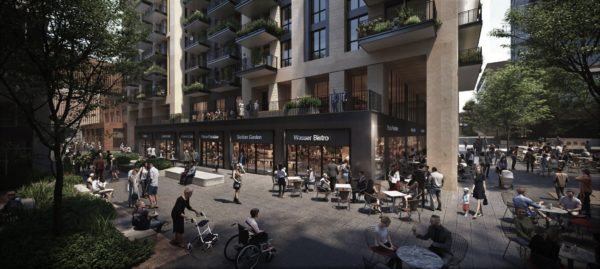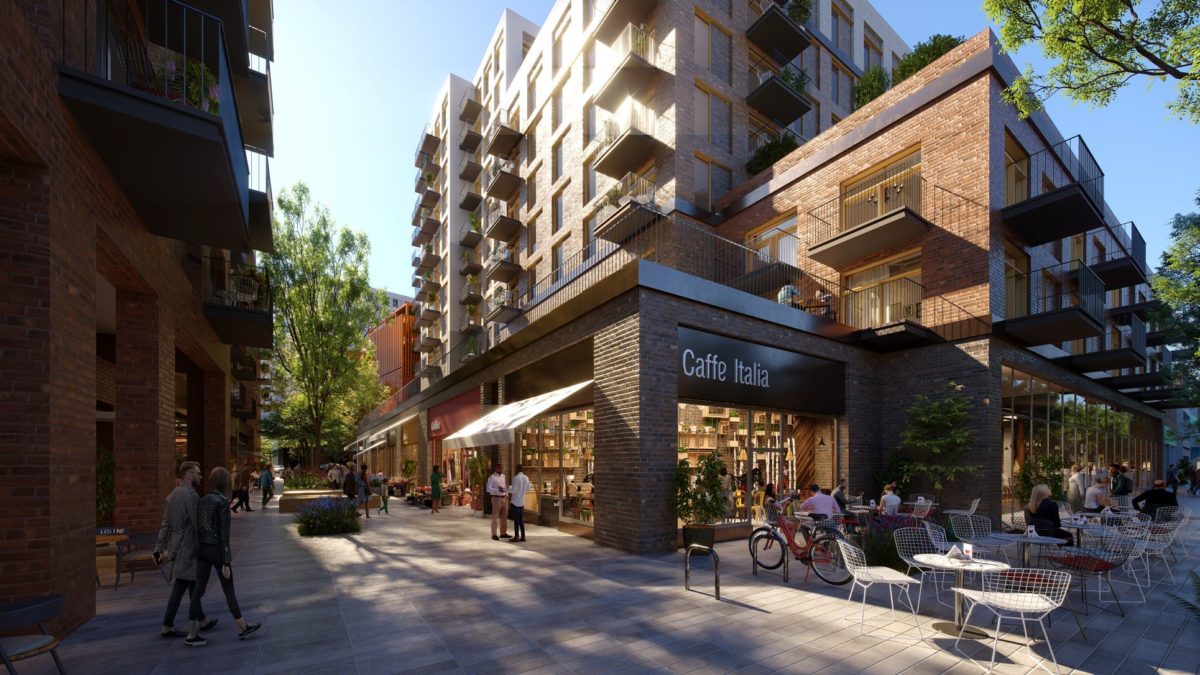But in order to succeed, all BTR elements, uses and services have to be carefully managed and integrated. “Everybody’s got different objectives,” said Will Robinson, “and the whole rationale and ethos of creating [a] place” can be undermined by a lack of alignment. So curation and integration are essential.
On this subject, Jamie Webb stated: “We’ve got to get all those components – workplace, residential, retail – working together; and to get planners to understand the benefits that a truly integrated BTR experience” can bring. One of the key challenges is addressing the division between what commercial and residential developers want to achieve, with these key stakeholders “not yet quite meeting in the middle”. Resolving this disconnect, participants agreed, could be the key to “unlocking value from both sides”.
Flexibility of uses is also important. As Olaide Oboh from Socius Development observed, “places and people evolve over time, so you’ve got to build a lot of flexibility” into these schemes. With people’s needs shifting as their circumstances change, Oboh cautioned against “setting everything on day one”. We need to see “how the community uses those spaces,” she said, “and how we might need to tweak and change them” to meet those evolving requirements.
Asked if the integration of workplace and BTR residential presents a particular challenge, Oboh said that, on the contrary, it makes good commercial sense. On its own, she said, “large-scale residential can create dormitories, where people leave for work and nothing else happens”. By integrating workplace alongside residential and public realm, we begin to “create a proper place” with a functioning daytime economy.



